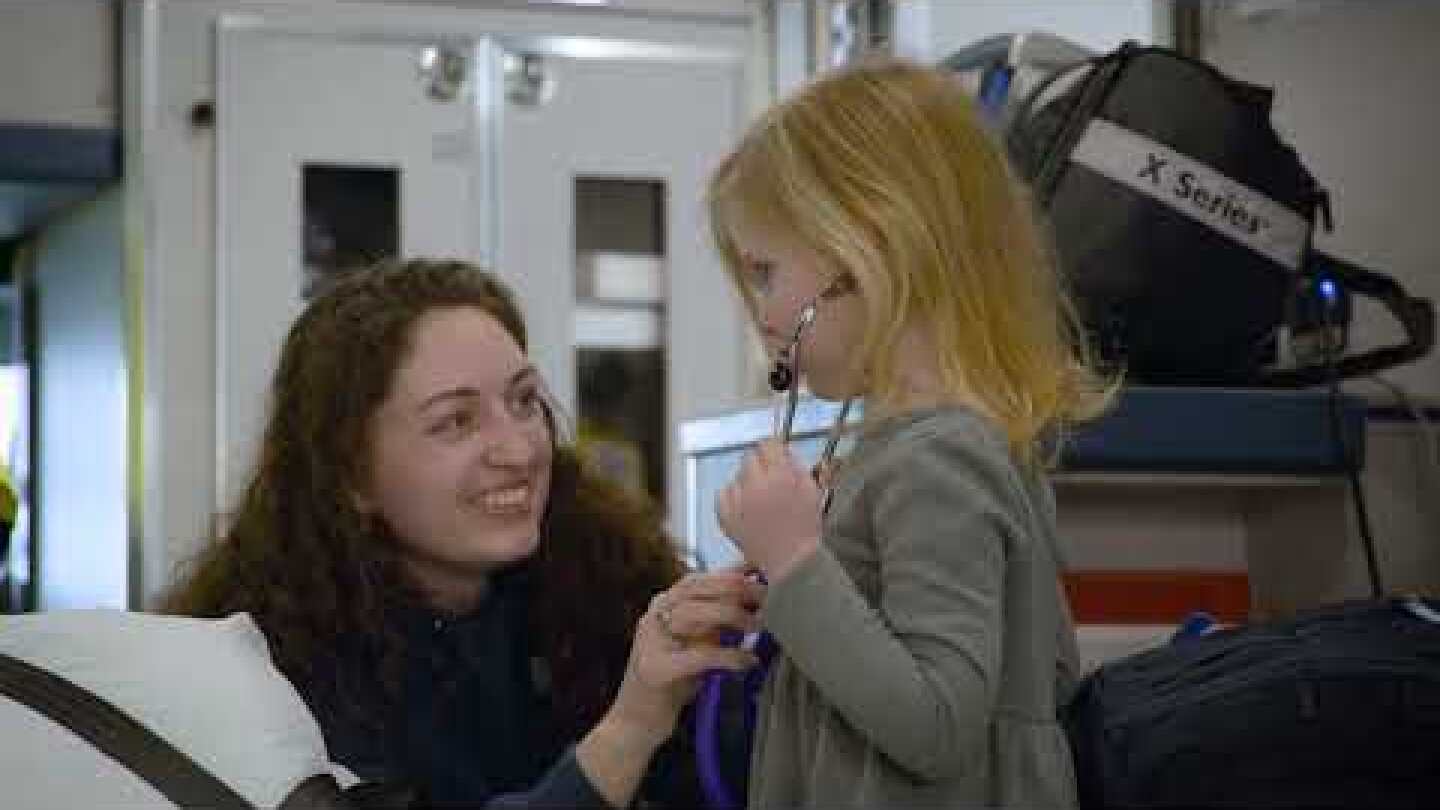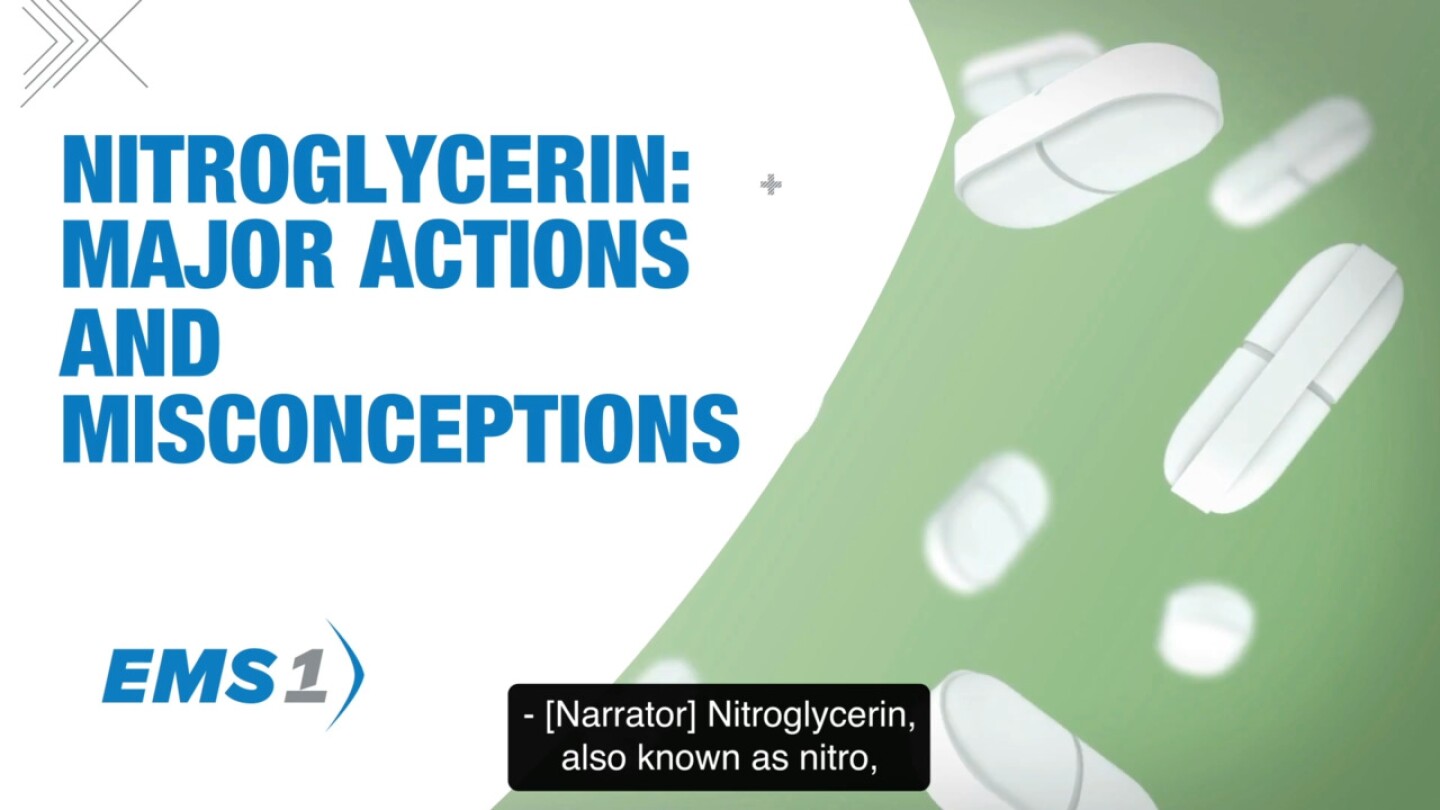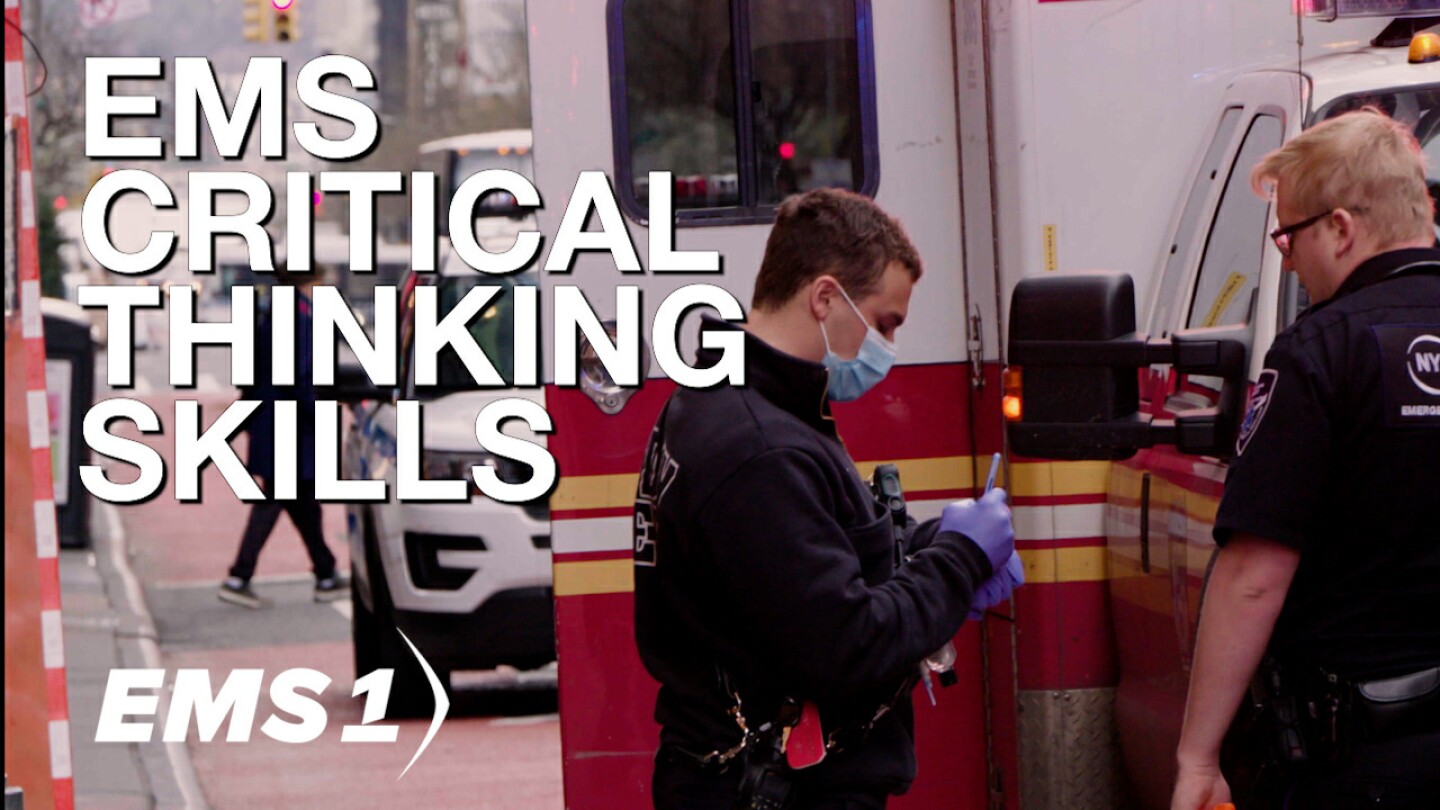EMS Training and Education
Your go-to resource for evidence-based EMS training, continuing education, instructor development and industry innovation. Find expert articles, videos, product reviews and specialized resources to support EMTs, paramedics, medical directors and educators. Stay current on instructor best practices, CEU requirements, virtual training trends, simulation strategies and educational policy affecting prehospital care.
EMS Training and Education Resources
Practical, authentic ways to show gratitude and strengthen community ties with the people who respond first when it matters most
5 tips to quickly find a patient’s radial pulse for vital sign assessment
Educating patients at the highest risk for suffering a fatal overdose
Real talk: EMS needs to stop playing second fiddle in the house of medicine
How the pediatric critical‑care paramedic turns short‑form content into clinical clarity
Try these tips to make seat belt use in the patient care compartment just as normal as your personal vehicle
The International Association of EMS Chiefs calls for national recognition of EMS professionals’ life-saving work and leadership in public safety
The federal EMSC Program continues its mission to enhance emergency services for children nationwide through training, support and recognition
This year’s EMS Week theme is “We care. For everyone.” How is your agency honoring your service?
Careerline Tech Center EMS students put their training to the test during rescue simulations that double as real-world prep and a potential path to employment
A must-listen for any medic who’s ever said, “That guy doesn’t know what he’s talking about”
Van Buren Tech students responded to “Mayhem Market” where a small crop duster crashed into a busy flea market
Avoid misdiagnosing atrial flutter as sinus tachycardia by mastering these ECG interpretation strategies
Join leading EMS professionals for powerful sessions on leadership, workforce trends and system sustainability — and walk away with real strategies for change
How has the EMS Scope of Practice changed since the first EMS Week was celebrated 50+ years ago?
Get the right dose to the right place: faster
Assess a patient’s pulse through the radial artery or the carotid artery based on their level of consciousness
Donnie Woodyard Jr. joins the EMS One-Stop podcast to explore the EMS Compact’s impact on multistate licensure, emergency preparedness and the urgent call for professional unity
“Trauma patients are dying because the systems we have in place aren’t designed to meet the demand for blood products in the field.”
From emotional intelligence to adaptability, learn how to spot top-tier EMS providers
Confusion and slurred speech? It might not be what you think
Fire and EMS leaders can serve as a much-needed constant amid the chaos
The bill would cover tuition for paramedics, firefighters and other first responders after six years of service and their dependents after 10 years
A $2.7 million training facility in Centre County is now on hold after Congress froze federal community project funds, costing the project $2.1 million in planned support
Unpack the facts and myths behind nitroglycerin use in EMS, from nitro dosing to contraindications for EMTs and paramedics
Continuous skills development is the key for emergency responders staying current in a changing world
The global campaign trains civilians in tourniquet use, wound packing and more — skills that can mean the difference between life and death before first responders arrive
Explore how alpha and beta receptors within the autonomic nervous system regulate vital involuntary functions and respond to stressors
Diabetic ketoacidosis calls are rising — are your skills ready for the spike?
Millions in funding are now available to support prevention, treatment and recovery programs
Pulling on a broken leg only works if you do it right
Dozens of frustrated EMS professionals confronted Rep. Mark Pless over legislation they say threatens local control and undermines certification standards
Rapid decision-making and risk assessment skills make EMS professionals a perfect fit for high-paying safety leadership roles
9 tips to quickly find a patient’s pedal pulse for checking lower extremity circulation
For the first time in 16 years, the Denver Fire Department will skip a training academy in 2025 as the agency reaches nearly full staffing, with 99.4% of its authorized positions filled






































